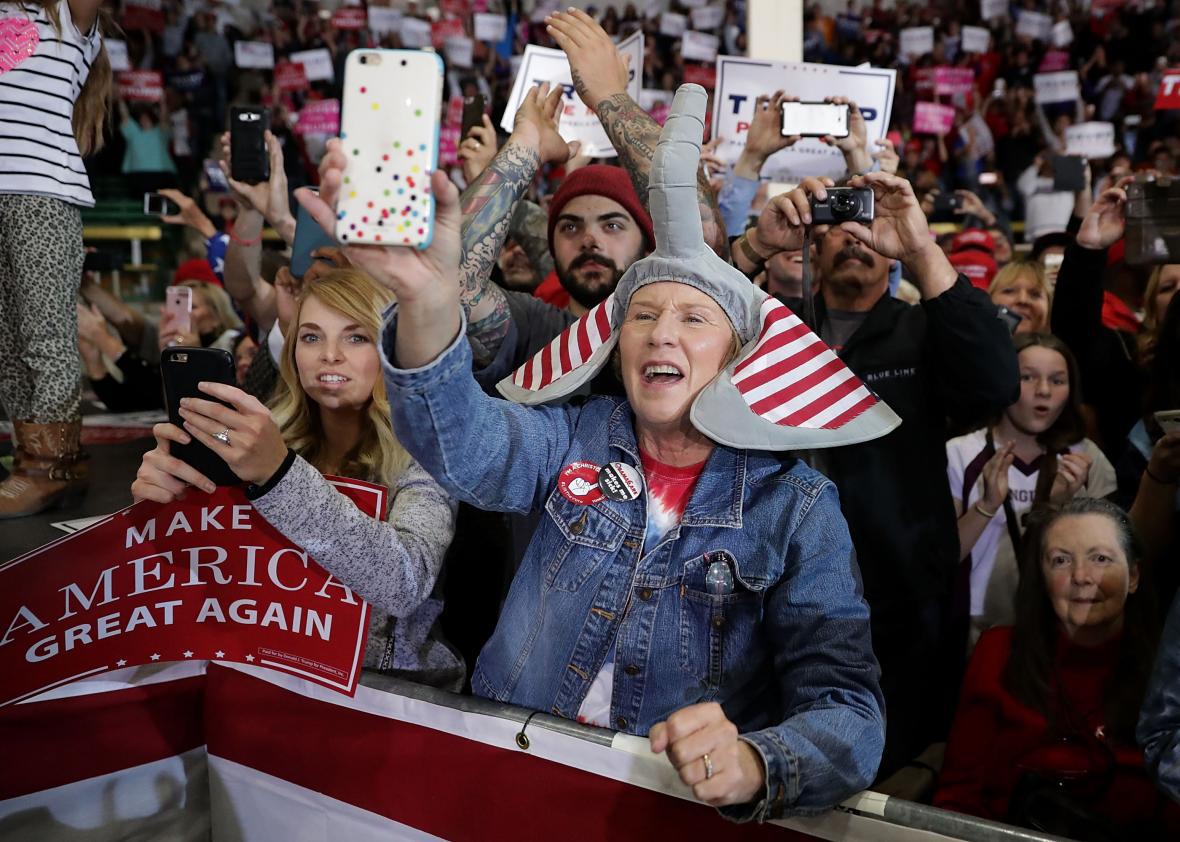This post has been updated with new data since it was originally published.
Slate’s VoteCastr project—which will provide real-time estimates of turnout in seven swing states on Election Day—will launch in earnest later this morning. But with early voting now over, VoteCastr has enough info to make its first estimates of where things stand in Colorado, a state where the vast majority of ballots are cast by mail (and where VoteCastr won’t have poll trackers in the field).
Based on the 1.66 million early votes VoteCastr has run through its model, Clinton leads Trump by 2.7 points, 46.3 percent to 43.6 percent. VoteCastr expects a total of 2.815 million total votes will be cast in the state by the end of the day, meaning the early votes we have so far represent 58.8 percent of the total expected vote. I want to be clear: VoteCastr isn’t predicting that Hillary Clinton will win Colorado, only that she currently has a higher projected share of known ballots cast than Donald Trump.
I’ve already explained in detail how VoteCastr makes its projections, but here is the background on how it treats early vote totals. Local officials collect and report information about who voted early in each state, and VoteCastr then compares that public info with its own private early voter files. To understand how this works in practice, consider my early ballot, which I cast in Iowa City last month. Though VoteCastr didn’t know who I voted for, it can make an educated guess by combining its extensive pre–Election Day polling with microtargeting models that take into consideration those things it does know about me: my age, race, and party registration. VoteCastr tells me the model believes there’s a 97 percent chance I voted for Clinton. (For what it’s worth, they were right.) When my name showed up on the list of people who voted early in the Hawkeye State, VoteCastr used that number to fill in the blank.
These voter preference estimates allow VoteCastr to make more specific forecasts about the early voting split than most other modelers, which simply sort returned ballots by party affiliation in those states where that information is available. According to the early voting information released Monday morning in Colorado, for instance, 652,380 registered Republicans had returned ballots compared to 645,020 registered Democrats who did the same—which, as the Denver Post noted, equated to a 7,360-vote Republican advantage. Those numbers, however, are ignoring a sizeable piece of the electoral puzzle: unaffiliated voters or those registered with a third party, which accounted for roughly 30 percent of returned ballots. That’s nearly a third of ballots—easily enough to swing the state—whose votes are ignored when you sort only by party.
The VoteCastr model, meanwhile, makes predictions for each and every ballot, regardless of party affiliation or lack thereof, and therefore can be far more accurate.
